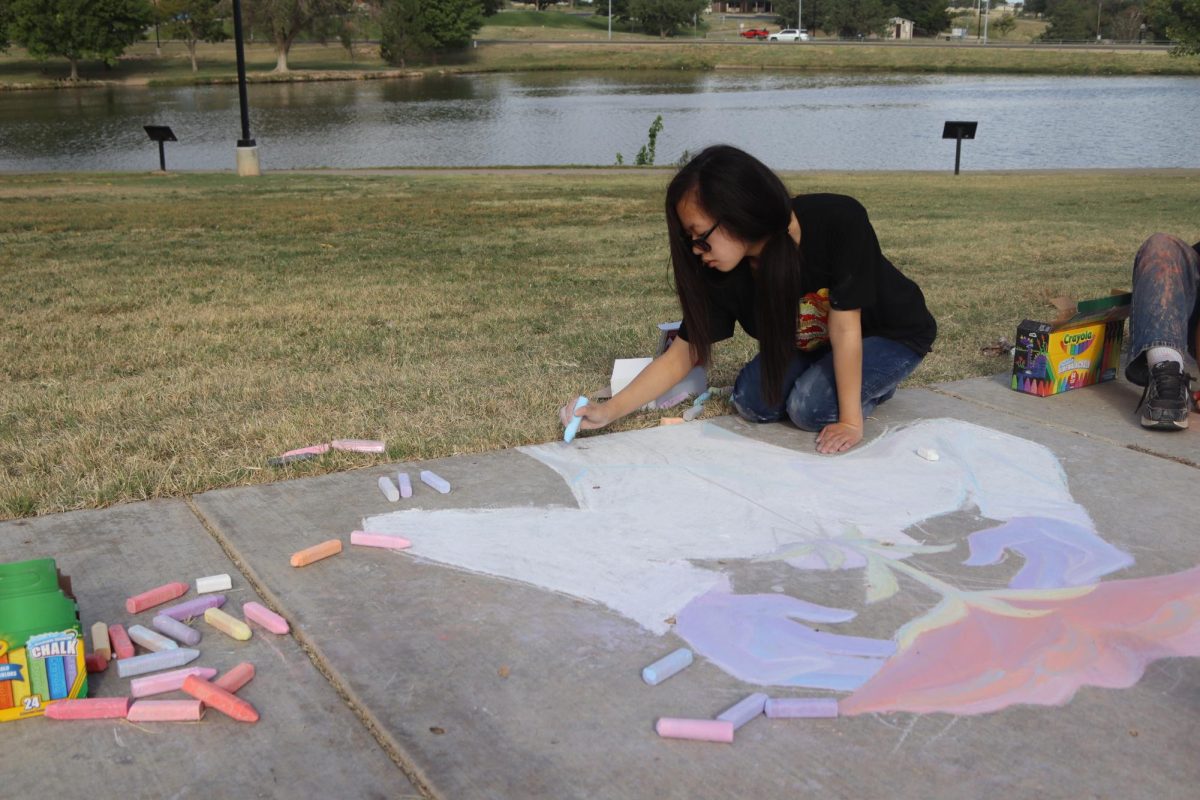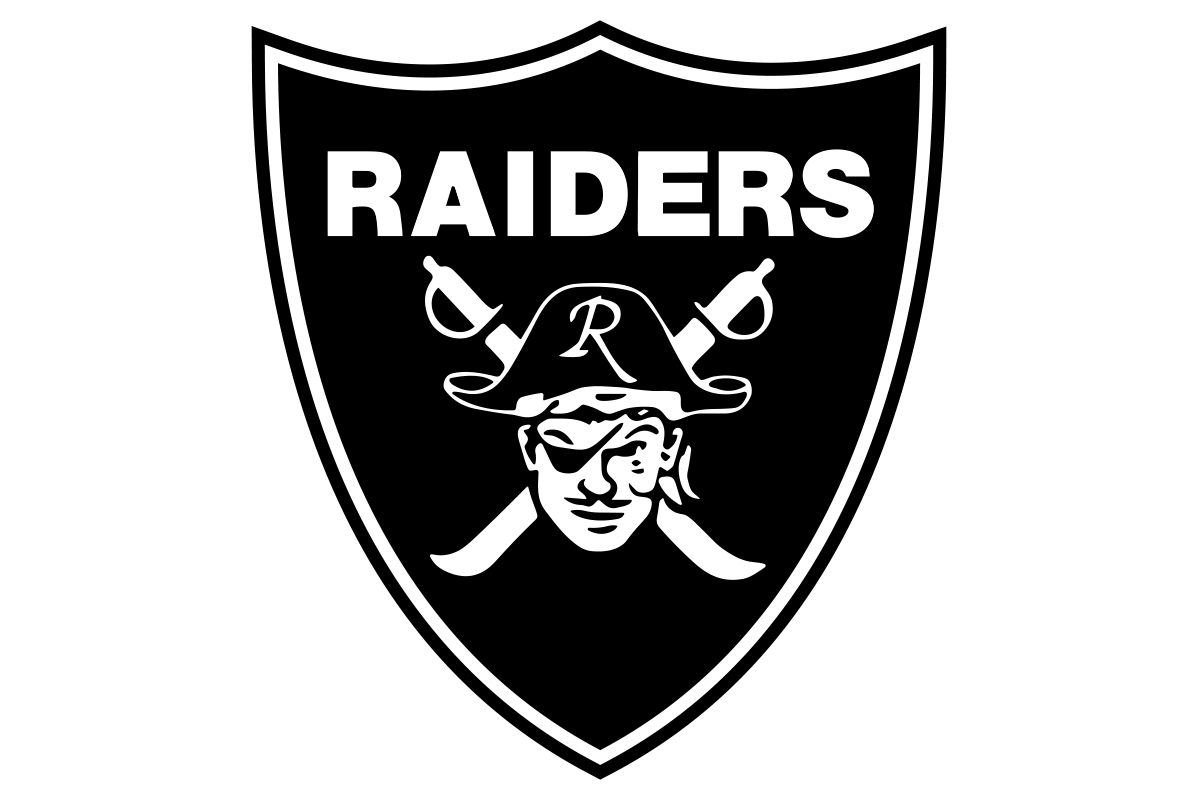Skateboarding has come a long way since the first known three-wheeled scooter- like contraption was invented in the 1920s. It’s gone from a form of surfing outside of the ocean which inspired the longboard in the 50s; to a hobby rebellious kids did in the 60s. Then from there it went to a respected sport in the 70s, and finally to a form of leisure and burning calories with attitude and style in the last twenty years. The Skateboard and Longboard industry had its ups and downs, but die-hard underground skaters never stopped creating new ways to get those wooden planks with wheels moving. Those individuals never stopped modifying skateboards in order to meet their exhilarating needs. Innovation has evolved skateboards and longboards into what you see students at school rolling around on today.
Difference between Longboards and Skateboards
Standard skateboard wheels have a diameter between 50 mm and 60 mm. The diameter of a longboard’s wheels are usually more than 60 mm, with some reaching 70 mm. Skateboards’ small board size is made for performing tricks while longboards’ longer and wider board is designed for long, downhill rides, and smooth cruising.
Evolution of skateboards and longboards
1920: Oldest prototype skateboard, three metal wheels with the appearance of petal car wheels
1930: Three steel roller skate wheels with removable handles and bulbous rocket-ship like body
1940s: Four wheel aluminum “skeeter skate” first with steering axles or “trucks” that allow riders to turn much easier
1950s: Kids created a different kind of skateboard in Oahu, Hawaii by nailing roller-skate wheels to an unusually large plank of wood. This form of “concrete surfing” eventually became known as longboarding
1960s: First manufactured skateboards, Gordon and Bennett created a board made out of Bo-Tuff which was a fiber glass reinforced epoxy. Vans Shoes were first introduced as chiefly “skating shoes”. Larry Stevenson invents kicktail which allows skaters to maneuver and perform tricks easier
1970s: skate board style and stiffness changes as skating style changes from horizontal to vertical and street skateboarding. Longboards were reintroduced into the market with success for those who preferred horizontal skating over the new types. Insurance sky rockets and skate park attendance declines cause skateboarding and longboarding to become commercially dead.
Mid- Late 1980s: Skateboarding and longboarding popularity is revitalized after influence impacted people internationally. The raging fad hits harder than ever before with even more difficult terrain available to skate on with a new attitude to skate with.
1990s: Popsicle Stick board shape gains interest. First broad casting of the event, “Extreme Games” a stake boarding competition brings back the notion to the public that skateboarding is a professional sport.
2000s-present: Skateboarding is included in the 2008 Beijing Olympics. Many of the skateboarding and longboarding pioneers have died within the last twenty years, but their unique ideas still have influence on our culture’s apparel, means of socializing, and how we get from here to there.
Cites:
http://jimgoodrich.net/skateboardtimeline.htm
http://www.livestrong.com/article/186230-longboard-skateboard-sizes/#ixzz1XNfPNuZE
Thoughts from Student Longboarders and Skateboarders
“It’s so dangerous and fun. The adrenaline rush is why I loved to do it.”
-Cole Murdock, 11
“Going down a hill [on a longboard] gets your blood pumping and your heart racing.”
-Mirranda Monroe, 12









